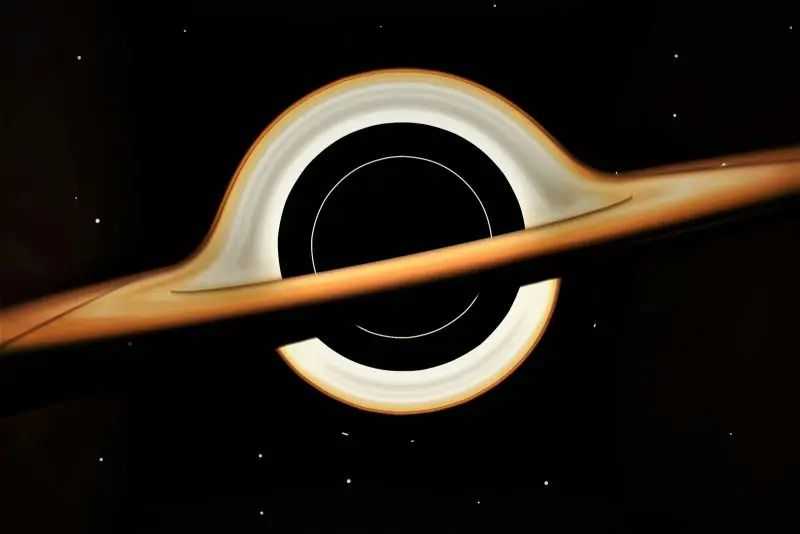If you’ve ever dreamed of diving headfirst into a black hole, but the idea of turning your body into plasma doesn’t appeal to you, NASA has a solution.
At the National Aeronautics and Space Administration (NASA), an incredible 360-degree visualization of diving into a black hole has been created using a supercomputer.
A black hole is a cosmic object that creates such a strong gravitational force that nothing, not even light, can escape from it.
The event horizon of a black hole is the point of no return: the boundary that separates this cosmic object from the rest of the Universe. Once something crosses this threshold, it cannot escape. gravitational attraction of Astrophysics at NASA. Thanks to NASA scientists, we can now imagine what it’s like to fly around a black hole or even dive into one. These two scenarios were brought to life in visualizations by astrophysicist Jeremy Schnittman from the Center. space flights Goddard Space Flight Center NASA.
Presenting the project, he noted that “modeling these hard-to-imagine processes helps connect the theory of relativity with real events in the real Universe.”
“I modeled two different scenarios: one where the camera does not go beyond the horizon of events and returns back, and the other where it crosses the border,” the researcher explained.
This modeled black hole is similar to Sagittarius A* – the supermassive black hole at the center. Milky Way It is 4.3 million times heavier than our Sun. Sagittarius A* has an event horizon measuring 25 million kilometers in diameter, writes IFLScience .
“Stellar-mass black holes, containing up to 30 solar masses, have significantly smaller event horizons and stronger tidal forces that can tear objects apart even before they reach the horizon,” said Jeremy Schnittman.
According to the astrophysicist, if a hypothetical astronaut were to orbit such a black hole at a colossal speed, they would return 36 minutes younger than someone who stayed at the starting position. This cosmic object, so to speak, preserves youth, as time slows down near it due to its extraordinarily strong gravity.
The situation could be even more extreme, noted Schnittman. “If a black hole were to spin rapidly, like in the 2014 film ‘Interstellar,’ the hero could return many years younger than his shipmates,” said the astrophysicist.
Black holes are fascinating and very complex cosmic objects. Such visualizations help us to understand a little of what they are.

